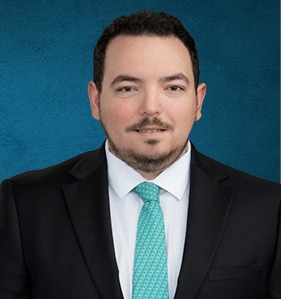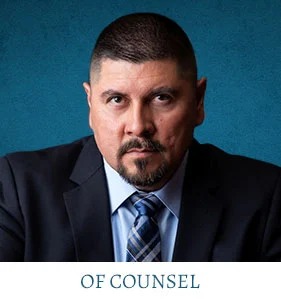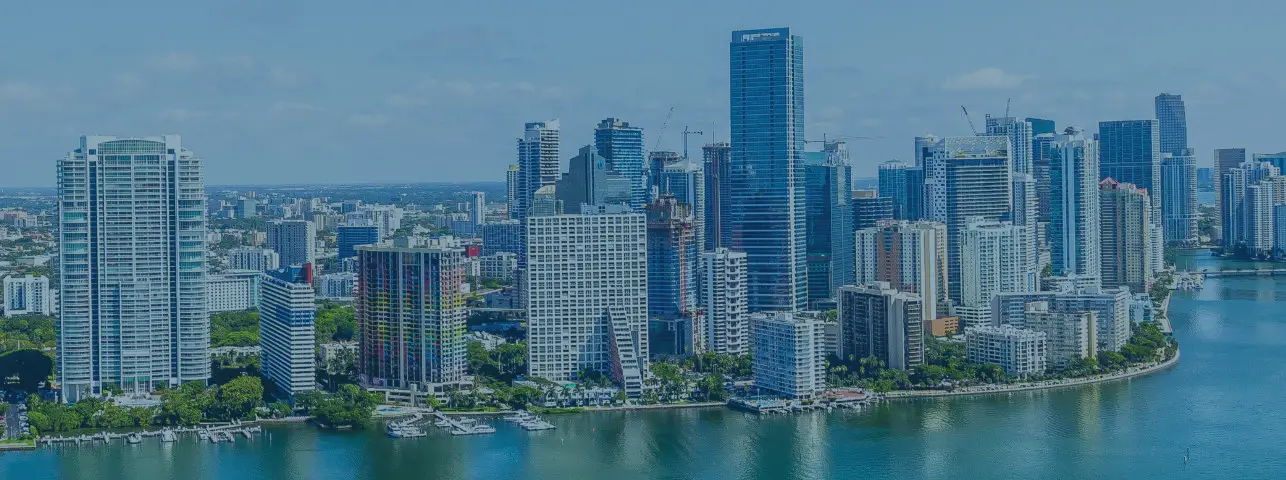Product liability law holds manufacturers, distributors, suppliers, and retailers who supply tangible products to the public responsible and liable for injuries they cause. Product liability for design defects occurs where the product design is inherently defective and dangerous no matter how carefully produced or manufactured. Defective design claims are not against some error or negligence in the manufacturing process but against the process itself as inherently dangerous regardless of production perfectly in accord with manufacturing specifications. An example of a design defect is a car with a tendency to flip over while turning a corner or an electric blanket that can electrocute users who set it for maximum heat. But the defective design must be the actual cause of the injury. The driver of a flip-prone car that crashes into another vehicle has a design defect claim only if the car crashes because it flips over while turning.
The American Law Institute Third Restatement of the Law of Torts says a design defect occurs “when the foreseeable risks of harm posed by the product could have been reduced or avoided by the adoption of a reasonable alternative design by the seller or other distributor, or a predecessor in the commercial chain of distribution, and the omission of the alternative design renders the product not reasonably safe.”
Courts resolve design defect cases by cost-benefit analyses provided by the Third Restatement. The plaintiff must identify an alternate design that could make a product safer to recover damages for a design defect. If the plaintiff demonstrates that a practicable or feasible alternative to the manufacturer’s design could prevent the harm, the court then decides whether the plaintiff’s alternative would be cost-efficient.
As an example, a metal fan has a guard cover with openings three-quarters of an inch wide. The plaintiff’s hand slips through the guard openings, and the fan blades injure him. The plaintiff may argue a design defect theory that a fan with guard openings no more than a half-inch wide would not have injured his hand.
The choice of a personal injury attorney can be perplexing as there are many from whom to choose, but Zinda Law Group stands out from the crowd as a Better Business Bureau® law firm with the knowledge and experience to help in time of need. The insurance company strategy is to delay as long as possible and then deny the claim. Without an attorney, the farthest the typical claimant gets is a letter describing their injuries and requesting compensation while the insurance adjuster stalls. By the time the injured claimant realizes months later that the only thing to do is sue, an attorney could have investigated the case and prepared it for settlement.
Without an experienced trial lawyer, the plaintiff loses the leverage that settles cases successfully. A trial lawyer can put pressure on the insurance company, but an attorney unwilling to take a case to trial is usually ineffective. Insurance adjusters sense weakness and exploit it in any insufficient offer they make. But if they know the plaintiff is ready, willing, and willing for trial, they make much better settlement offers. If trial comes, an experienced Zinda Law Group Personal Injury lawyer who is comfortable and confident in courtroom combat will know how to advocate for injured plaintiff.

John (Jack) Zinda
Founder / CEO
Over 100 years of combined experience representing injured victims across the country.
Available 24 / 7|Free Consultation
Neil Solomon
Partner
Real results matter. We do not get paid unless we win your case.
Available 24 / 7|Free Consultation
























